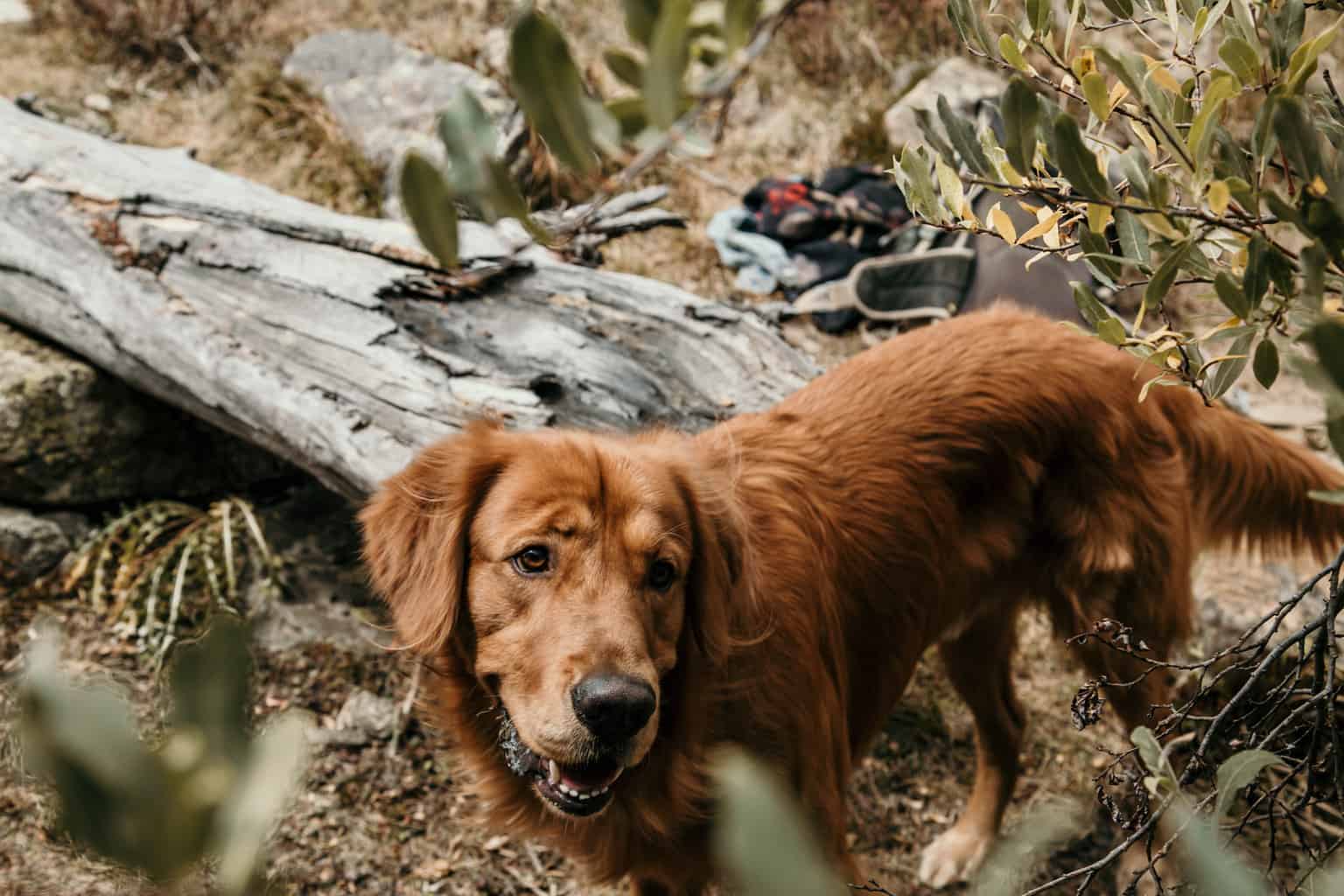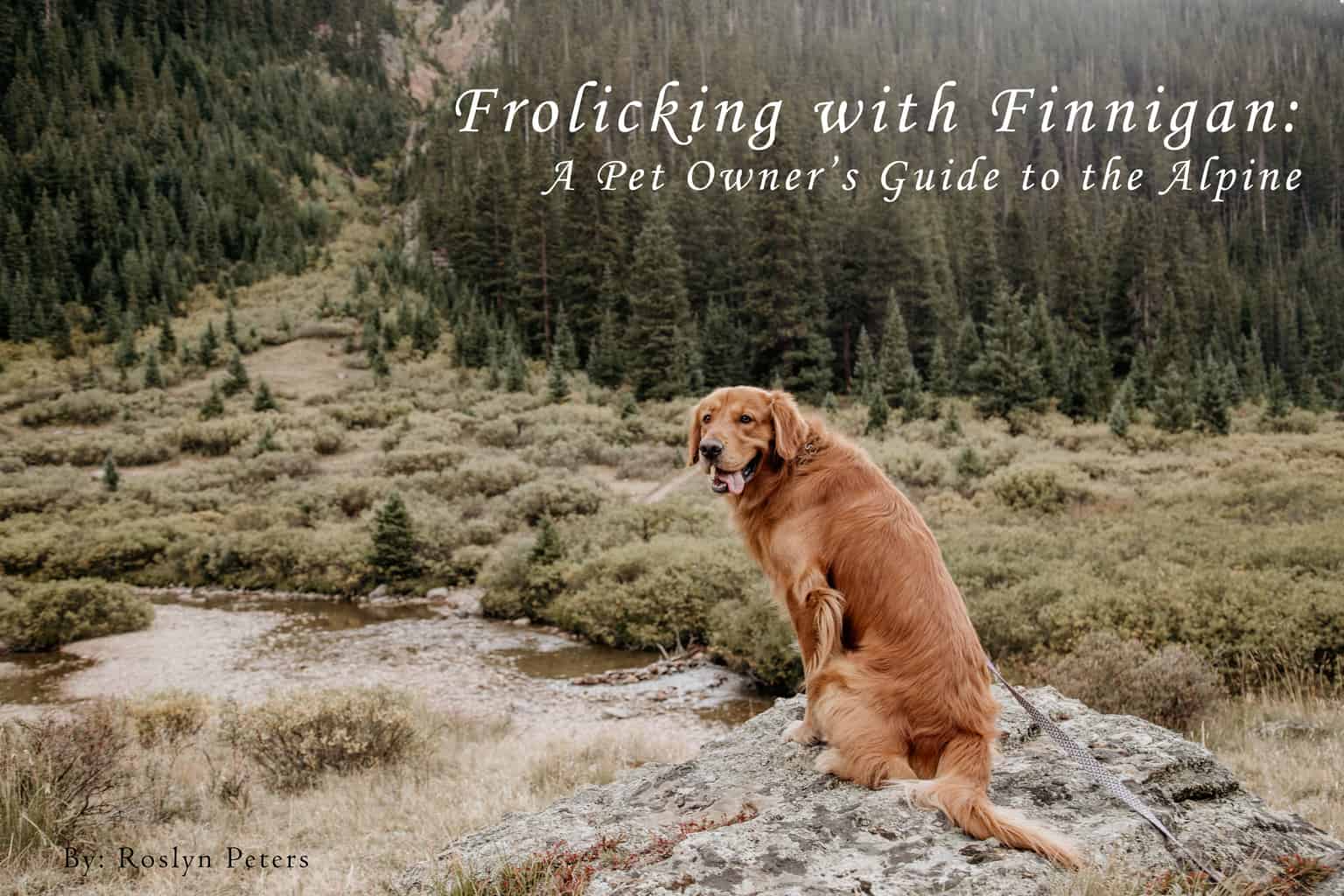
Every year, as more people hit the trails in search of the stunning views and challenging treks available on Colorado’s Fourteeners, pets are brought along to share the experience. Hiking with dogs offers many rewarding moments, as well as a multitude of difficulties inherent to the alpine environment. With so many amazing and accessible hikes throughout the state, it can be hard to tell which ones are best for you and your four-legged friends. Here are some important considerations my dog Finnigan and I ponder before going out on Fourteeners, so that they can stay safe and everyone can enjoy their time on some of Colorado’s most beautiful peaks.
Is a hike right for you? When planning a hike, we usually consider certain details before going, to make sure whatever hike we plan is right for us. Things like trailhead accessibility, duration of hike, relevant weather conditions and technical ranking are all important to know before heading out into a wilderness area. Similar considerations need to be made before taking a dog out on a hike. While a 12 mile round-trip 14er might sound amazing to us, a dog may struggle in ways they can’t express as well. Anything above a class two route will be incredibly difficult for their paws to navigate, and dogs that don’t hike long distances often may do better on shorter trips. It’s critical to the safety and enjoyment of pets to consider the length of a hike and its difficulty before bringing them to a higher elevation than they may have experienced before.
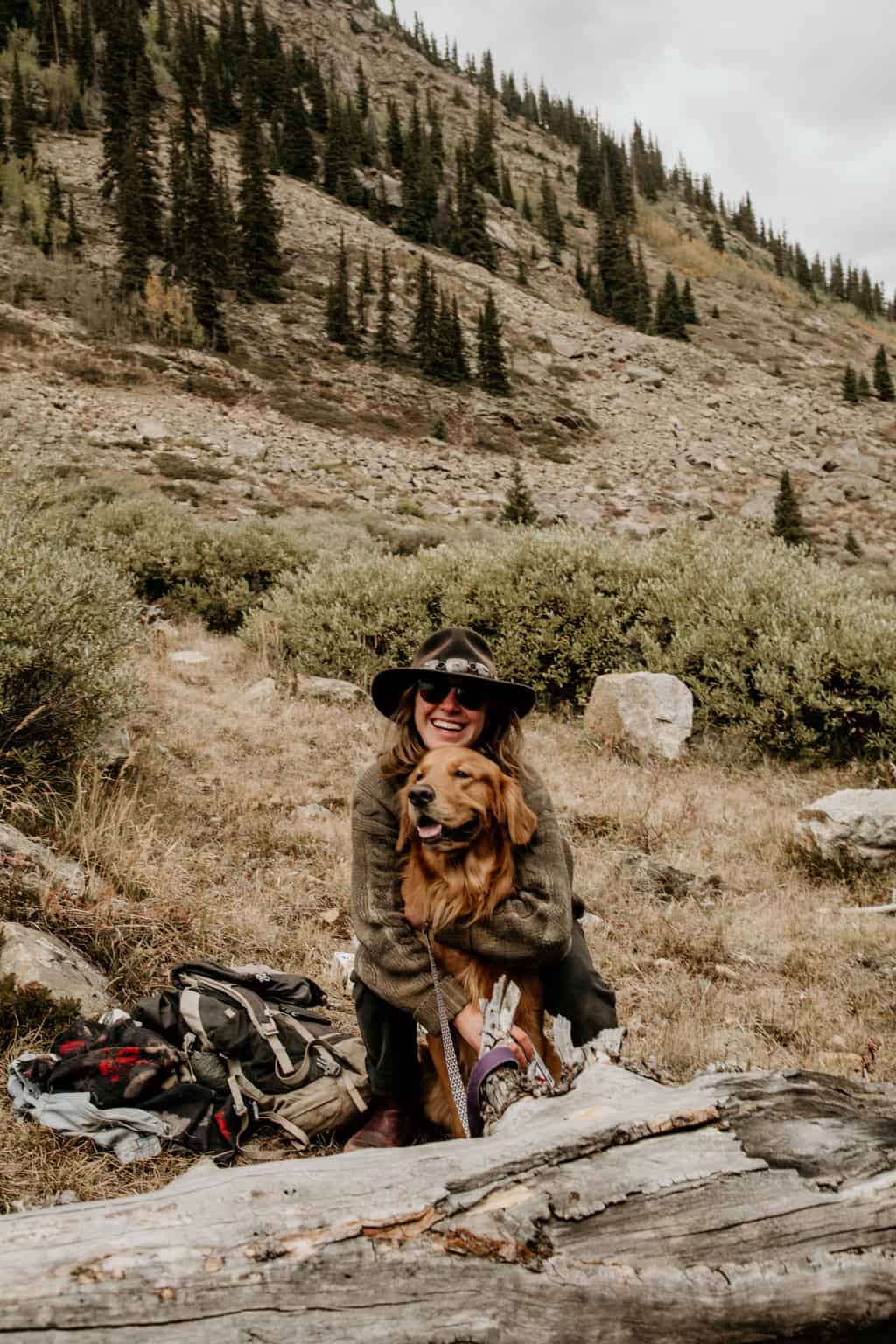
Does my dog need to be on leash? When in doubt, YES! Leashing dogs can save the lives of endangered and threatened alpine animals, as well as help keep your precious pet away from dangerous terrain. The majority of established National Forest trails require leashing, as do all of the National Parks that permit pets. It’s critical to check the local regulations about leashing before taking dogs outside, it helps keep them safe! If unsure about leash laws, calling specific ranger destinations for the areas you’re interested in can provide useful information and prevent you from inadvertently receiving fines for breaking local leash laws.
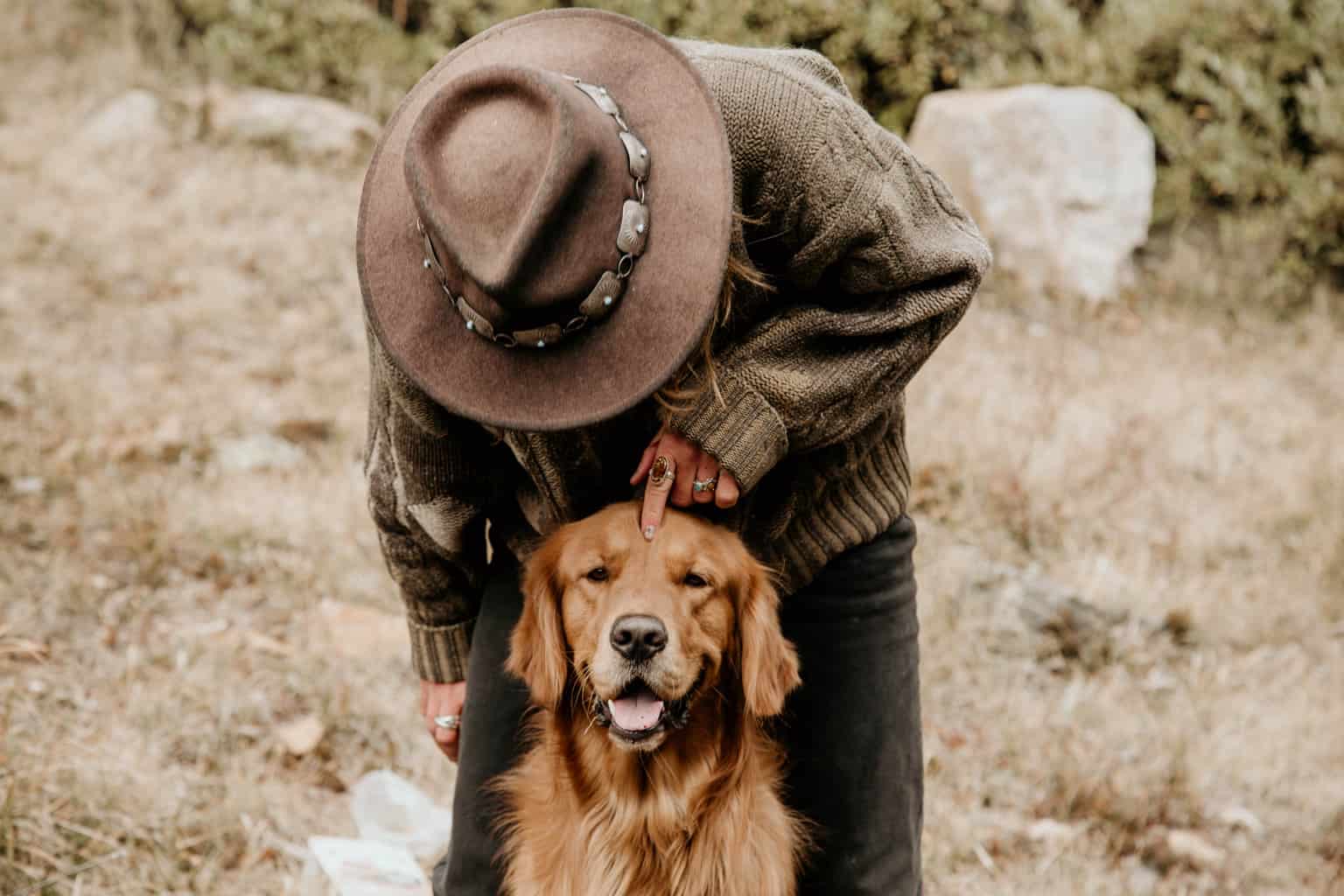
Do I need to bag the poop? In the wilderness, it’s easy to get confused about what can successfully decompose and what needs to be packed out. When it comes to any creature’s poo in the alpine, it’s best to always bag it and pack it out. Since it takes 1,000 years for an inch of soil to accumulate above treeline, because it does so via wind deposition, there is not enough organic material to break down feces. Bagging a doggie’s doodoo helps prevent contamination of water sources we drink from and enjoy while in the mountains.
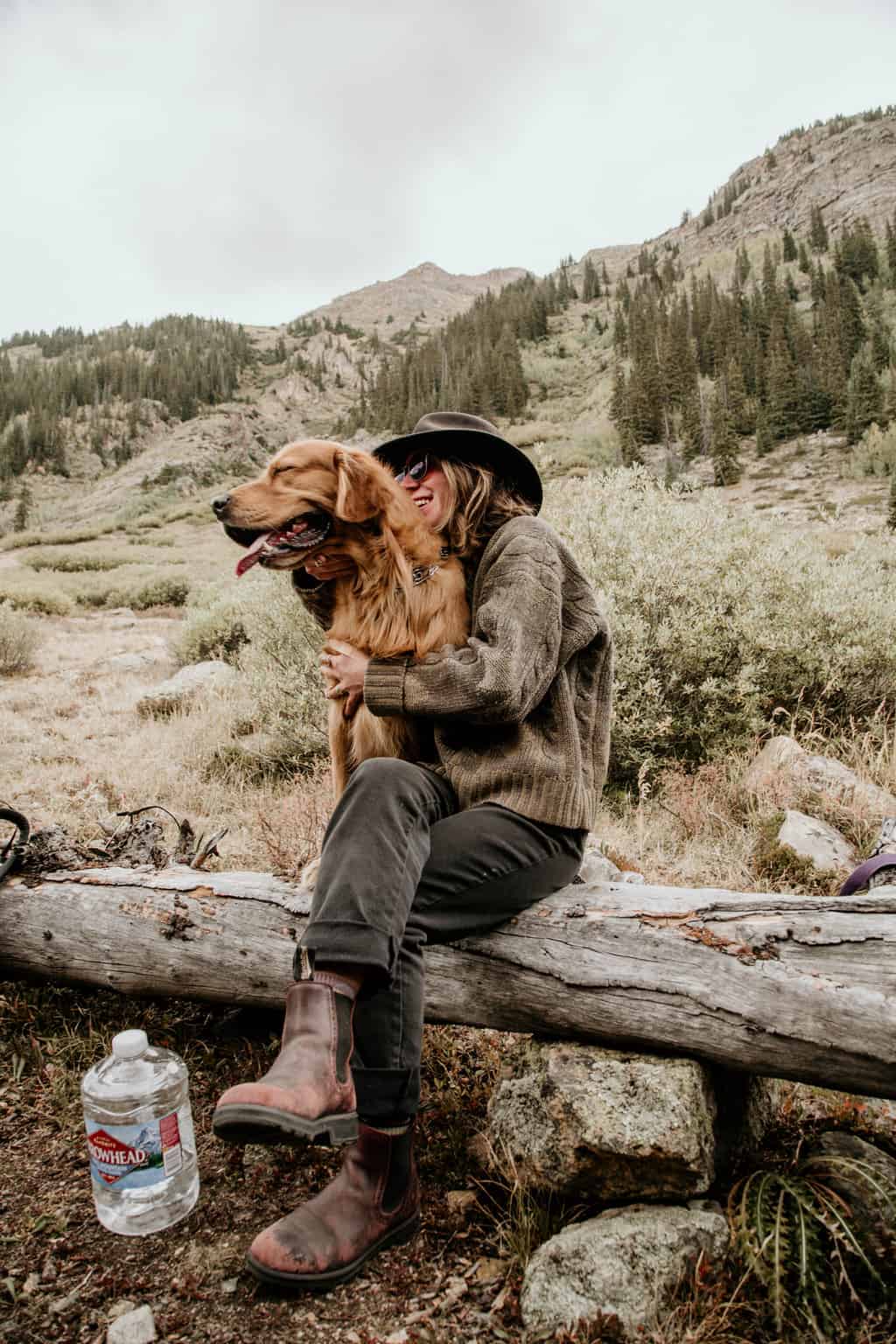
Does my dog need special gear? With a market full of outdoor accouterments for dogs, it can be difficult to determine what’s really needed for your pet. When hiking, it’s important to bring extra water for your dog, as not all areas will have water sources for them. Some trails may also be almost entirely through rock, and the sharp granite can be *ruff* on soft paw pads. Little dog booties may greatly improve the comfort of dogs along sharp terrain. When it comes to gear, like everything else, it’s important to consider the activity ahead and your dog’s experience and comfort with it.
Spending time outside with pets can be rewarding and fun for all involved. With so much variety in Colorado, there’s no shortage of options for recreation. Making sure to check leash laws and researching routes, as well as providing for and picking up after pet’s increases the ease and enjoyment of outdoor recreation. Keeping pet’s preferences in mind helps keep them safe so that everyone can enjoy themselves on our beautiful public lands!
